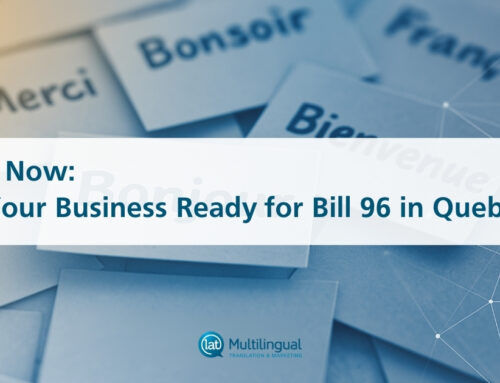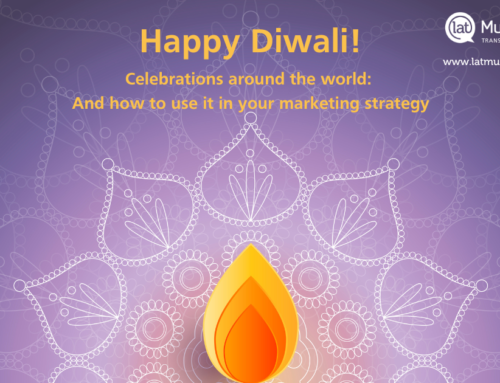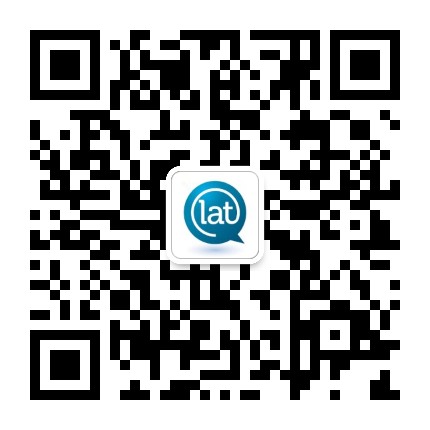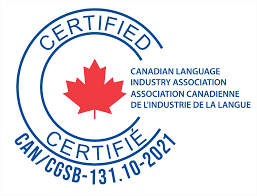Canada’s second largest province, Quebec represents a population of almost 8.5 million people. If you are wanting to launch a digital marketing campaign to help promote a product in Canada, it will serve you well to consider this large market. But be aware that simply translating your content directly from English into French Canadian won’t necessarily provide the best results. You’ll need to carefully consider how your French digital advertising campaign will resonate in this unique market.
Here are three tips to consider:
Tip #1: Understand Your Audience
Quebec has a unique culture within Canada and that needs to be taken into account as you plan your campaign. Let’s say you are getting ready to promote a new food product that you feel people would likely serve with their Thanksgiving dinners. You have a list of keywords in English and you may be tempted to have them translated into French so they can be incorporated into your campaign. However, it’s unlikely you will get optimal results with this method. For example, a bit of French keyword research shows that people in Quebec search for “repas traditionnel” (traditional meals) around December, not October (Thanksgiving). This means you may want to come up with some other keywords to associate with your campaign.
This is just a small example of the kind of insight that can be gained by digging a little deeper into your audience. A team with deep expertise in the Quebec market will be invaluable as they will be able to quickly hone in on the key words that people will be searching for, can help identify relevant cultural tie-ins, and provide insight into how certain elements of your campaign might be perceived by this audience.
Tip #2: Localize and Adapt Your Message

An example of localization for the Quebec market. When Tim Hortons released its festive cup in 2010, it issued a different version for Quebec that used a snowflake instead of a maple leaf, and used a visual that resembled Quebec, instead of the one used elsewhere in Canada featuring the Rocky Mountains and the CN Tower. Source (CTV News)
Strict word-for-word translation is not a good fit for targeting marketing and communications messaging. Slogans, taglines and the very nuances of how you get your message across will need a tailored approach. This is what is referred to in the translation world as “localization” — the process of making something local in character or restricting it to a particular place.
Let’s say, for example, you want to post something on your social media channels wishing Canadian followers a happy Victoria Day, which is celebrated on the second last Monday of May. If you were to translate this into French, the name is “la fête de la Reine.” However, by posting this you’d be making a cultural faux pas because Quebeckers actually celebrate a different holiday on this day. Instead, National Patriots’ Day (la Journée nationale des patriotes) is observed in memory of Anglophone and Francophone activists who fought for democratic government in the 19th-century.
Another example taken to a greater extreme is coffee chain Tim Hortons. In 1993, the company removed the apostrophe from its name after signs in Quebec using the apostrophe were interpreted by some to be breaking the province’s language laws. They could have dug their heels in and fought this but, instead, by choosing to adapt their name they demonstrated good corporate citizenship and really endeared themselves to people in the region. You can help ensure your campaigns’ success by taking the time to understand the cultural nuances that make Québec unique.
Tip #3: Monitor and Optimize Campaigns
Last but not least, once your digital campaign is live, it is essential to use data to continually optimize your results. The research you do when planning the campaign will give you a solid foundation, but the campaign’s performance after it launches will help you determine what is working well, and what can use improvement. The best approach? At the onset run a few different ad sets with different variations of images and text (known as A/B testing). You will be able to quickly see which ads are performing the best. As you gain more insights, you can turn off poorly performing ads and shift your budget accordingly to the ads that are driving them most clicks or conversions (or whatever your objective is).
Putting It All Together
To be successful, a multilingual advertising campaign needs to go beyond translation. Choose a localization partner with experience in Québec and that understands how digital marketing campaigns are run. Having this expertise on hand will save you money in the long term by keeping the cost per click down and maximizing the ad spend for your French digital advertising campaigns. We can help! Contact us for a free, no-obligation quote.















